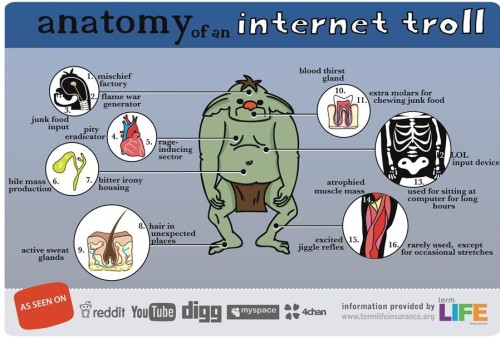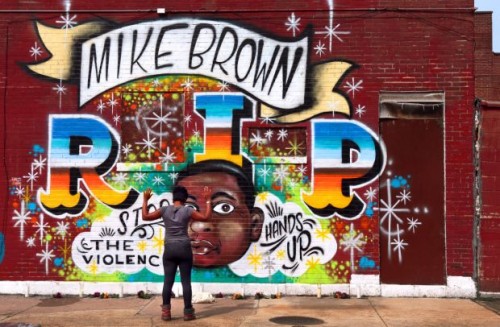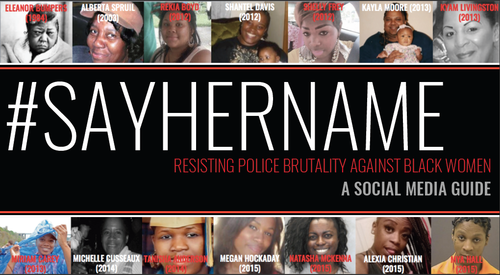Digital spaces have fashioned new identities or, more accurately, given new life to extant ones. Take, for instance, the troll. In “real life,” we might call this individual a bully, but clearly the perceived anonymity of the internet allows for criticism to become a perverse art form. Artists (broadly understood) online become “content creators,” from bloggers to vloggers, Tweeters to Instagrammers.

Another identity is the aggregator—that is, a person or group that serves to simply bring together a range of content. They are not necessarily a creator, but rather a curator. Star Trek alum George Takei has found new life online (and a platform for promoting his creative projects) by essentially curating a range of materials that vary from sentimental human interest pieces, cheeky comedy, and activist media. As of October 2015, Takei counts 9 million Facebook users as followers, and his prominence as a guest star and gay rights activist has risen as a result.
This term, I will be working as an aggregator on Twitter, where I plan to collect materials related to the recent shooting deaths of young black men and women across the United States as well as the #BlackLivesMatter movement. I am calling the project STAR for Sources for Teaching Anti-Racism, and the handle is @teach_progress. I believe such materials will prove pedagogical useful to teachers in secondary and post-secondary institutions, especially those teaching courses in history, sociology, cultural studies, and critical race studies, among others.

To organize these materials, I’m employing the #Teach hashtag, followed by the name of the victim. For example, materials about the shooting death of Michael Brown in Ferguson, Missouri would be arranged under the #TeachMichaelBrown hashtag. I arrange materials in this way for two reasons: to memorialize the deceased and to remind us to foreground persons—not geography (Ferguson, for example)—in our discussions of these critical events.
In my survey of hashtag usage, I notice that pedagogical hashtags tend to focus around the common employment of hashtag, which are sentiments: #blessed, #fortunate, #inspired. In social media activism, they tend to be either broader movements (#BlackLivesMatter, #SayHerName, #RaisetheDebate) or more specific to an incident (#Ferguson, #CoreyJones). By focusing around #Teach, I want to make sure we keep this conversation human-centered, rather than relegating it to broader social concerns or geography. Yes, these murders were representative of larger issues, but we must be cautious to allow them become another case study, another number. Just as we teach students about Harriet Tubman or Frederick Douglass to understand slavery or Elie Wiesel or Anne Frank to understand the Holocaust, foregrounding black lives ended by police brutality humanizes a larger social injustice affecting millions and helps to foster concern, sympathy, and care.

The project is in its nascency, but I look forward to exploring Twitter as an activist platform. I’m hoping to make connections with media activists and to encourage more dialogue—both on Twitter and in the class room—about the connections between rhetoric, media, and social activism. I’m also hoping we’ll keep the victims fresh in our minds and work toward ameliorating the structural racism that persists in our country through critical pedagogy. Finally, I’m hoping to better understand Twitter as a platform for self-expression, self-education, and conversation.
I’m not sure how successful this endeavor will be or if it will be successful at all, but I do know I already have a troll. That’s a good sign, right?


